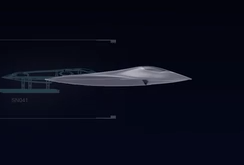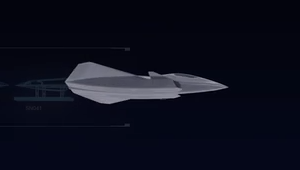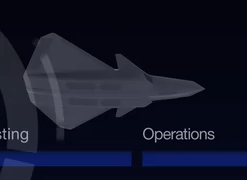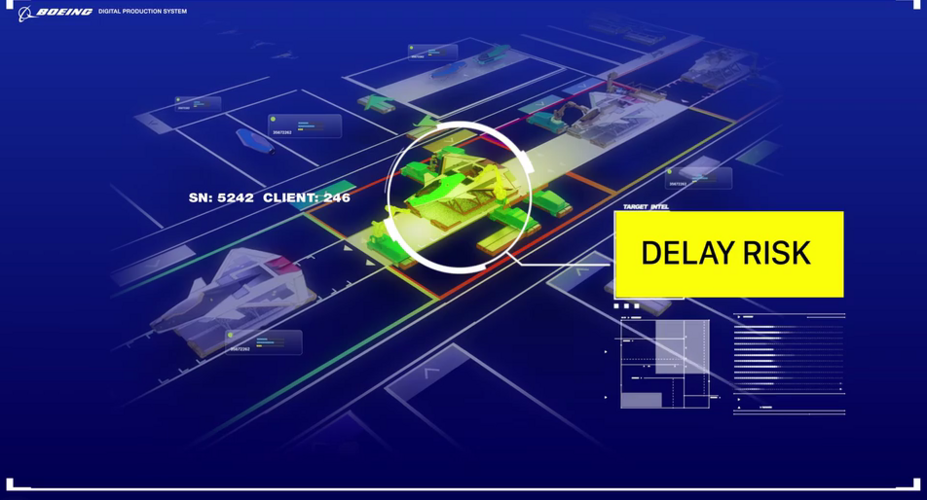NGAD (manned) seems to be moving in the direction of increasing range. I think there’s merit to this. The costs for China increase dramatically as their missiles have reach intercontinental ranges (for instance, basing in Australia). The PLAs ability to place its bombers or its surface ships outside tactical air cover is likely pretty limited for the foreseeable future, so I think ballistic missiles will continue to be the primary threat going forward.
Making a new STOVL fighter out of NGAD would involve a huge number of compromises to every other performance factor. The CCA on the other hand might have a lot of room for that. It seems likely there is no single CCA design and one variant could potentially be optimized for short runways, or possibly even runway independent (XQ-58). More recently the USAF seems to be going for a UAV that is larger and more complex but I’m hopeful that something cheaper and less runway dependent ends up being integrated into the system of systems.
Making a new STOVL fighter out of NGAD would involve a huge number of compromises to every other performance factor. The CCA on the other hand might have a lot of room for that. It seems likely there is no single CCA design and one variant could potentially be optimized for short runways, or possibly even runway independent (XQ-58). More recently the USAF seems to be going for a UAV that is larger and more complex but I’m hopeful that something cheaper and less runway dependent ends up being integrated into the system of systems.





